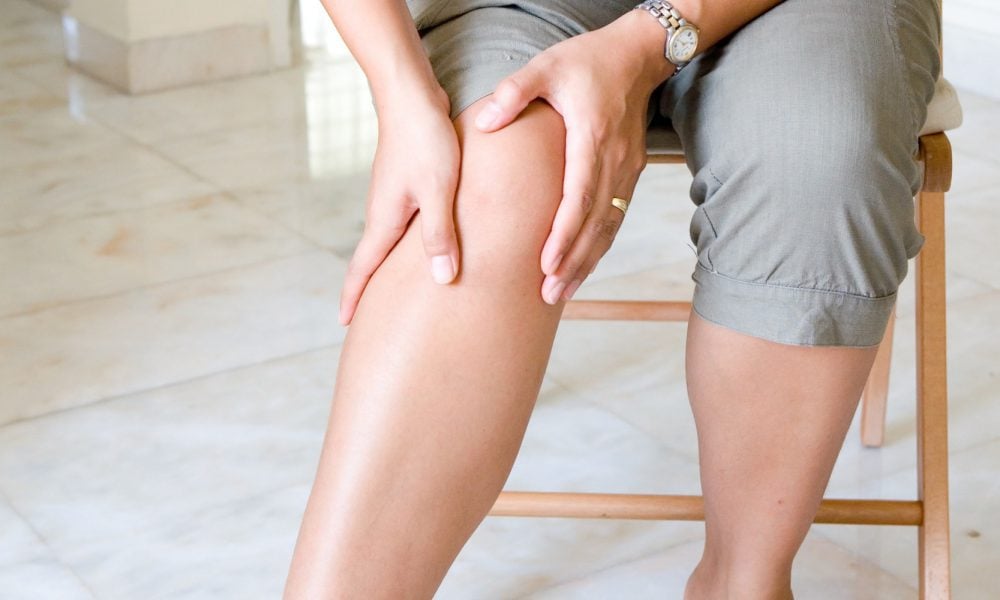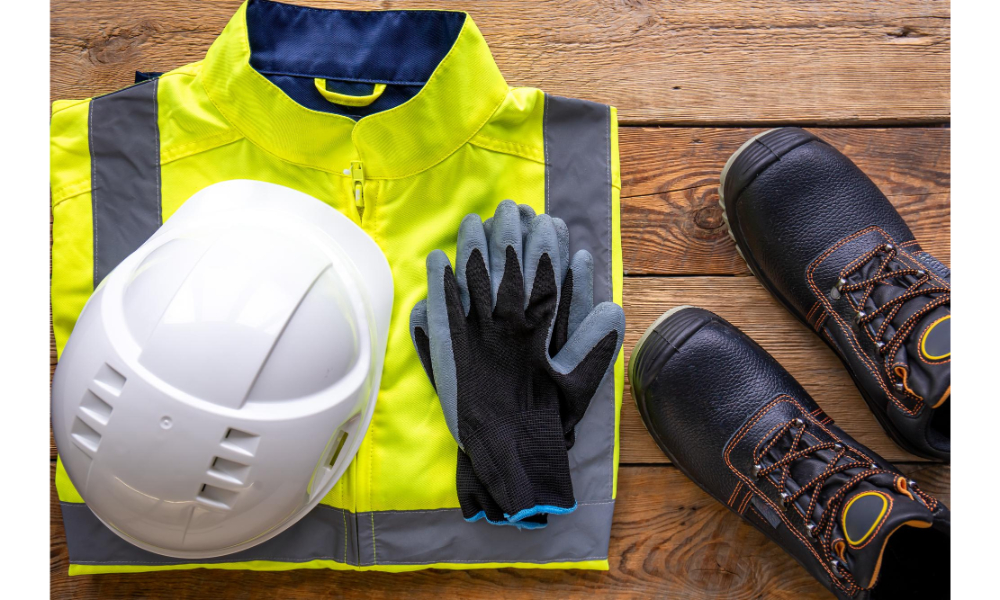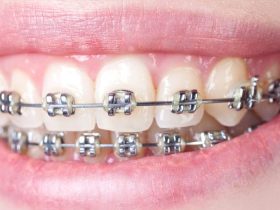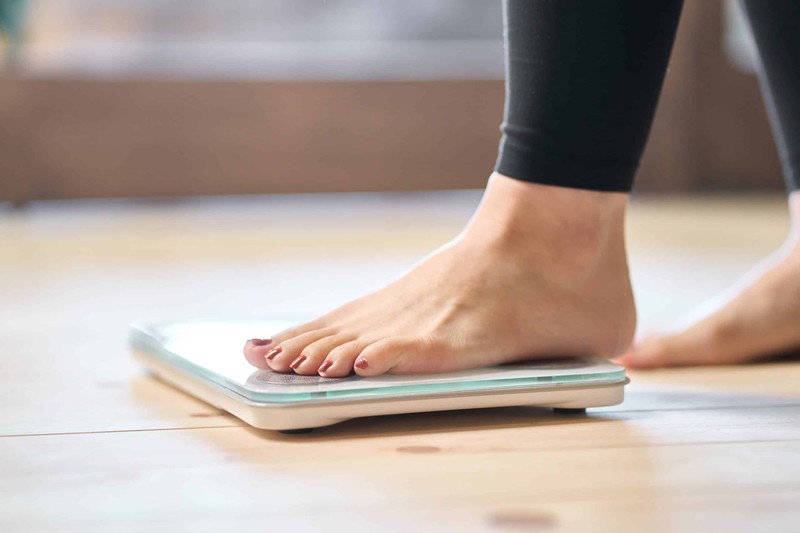Restless Legs Syndrome (RLS) is like an unwelcome party in your legs that starts just when you’re trying to unwind. It leads to a strong desire to move your legs because they feel uncomfortable. The funny thing is, moving them actually provides temporary relief. However, these strange feelings, often described as crawling, creeping, pulling, or even itching, come back once you stop moving. These symptoms usually kick in when you’re lying down or sitting for a prolonged period, especially at night. Understanding these symptoms, their patterns, and their triggers is the first step to finding a peaceful night’s sleep solution.
Goodnight, Caffeine
Diet plays a surprising role in managing RLS. Certain substances, like caffeine, alcohol, and nicotine, can jazz up your nervous system, leading to increased restlessness. Imagine giving your already dancing legs a stage and an audience – not the best idea, right? So, reducing your intake of coffee, tea, alcoholic beverages, and smoking can reduce your symptoms’ intensity. Remember, the last thing your legs need at night is a stimulant.
Sleep Schedule Shuffle
When it comes to sleep, consistency is key. Sticking to a regular sleep schedule trains your body’s internal clock to understand when it’s time to sleep and wake up. It’s like setting a rhythm for your body that your legs can also follow. And while you’re at it, ensure your sleeping environment is peaceful and comfortable. A room that’s too bright, noisy, or cluttered can disrupt your sleep. So, keep it dark, quiet, and cozy.
Exercise
Here’s another trick to calm your jittery legs – regular exercise. Physical activities, like walking, cycling, or swimming, can help reduce the symptoms of RLS. But remember, don’t get too excited and overdo it. Also, try not to exercise close to bedtime as it can backfire, leaving you more energized than relaxed. Light exercises like yoga and stretching can be especially helpful in managing RLS symptoms.
Massaging Away the Jitters
Another handy technique to relax your restless legs is massaging them. It helps ease muscle tension and promotes relaxation. Warm baths can also be quite soothing. Alternatively, you could use a hot or cold compress. These remedies can provide temporary relief from RLS symptoms. Incorporating them into your nightly routine signals your body (and legs) that it’s time to wind down.
The Power of Mindfulness
Don’t underestimate the power of a peaceful mind. Stress and anxiety can trigger RLS symptoms or make them worse. Meditation and deep breathing can help manage stress, promoting overall relaxation. Even a short period of mindfulness may have a big impact.
Just like the body, the mind also needs to wind down at the end of the day. At Stanford Lifestyle Medicine, they recognize the complexity of various conditions. Their strategies are designed to suit your specific needs, focusing on lifestyle changes to help manage your symptoms of sleep deprivation. With a little understanding and the right approach, you can out-dance the restless legs syndrome and find your way to a good night’s sleep.











